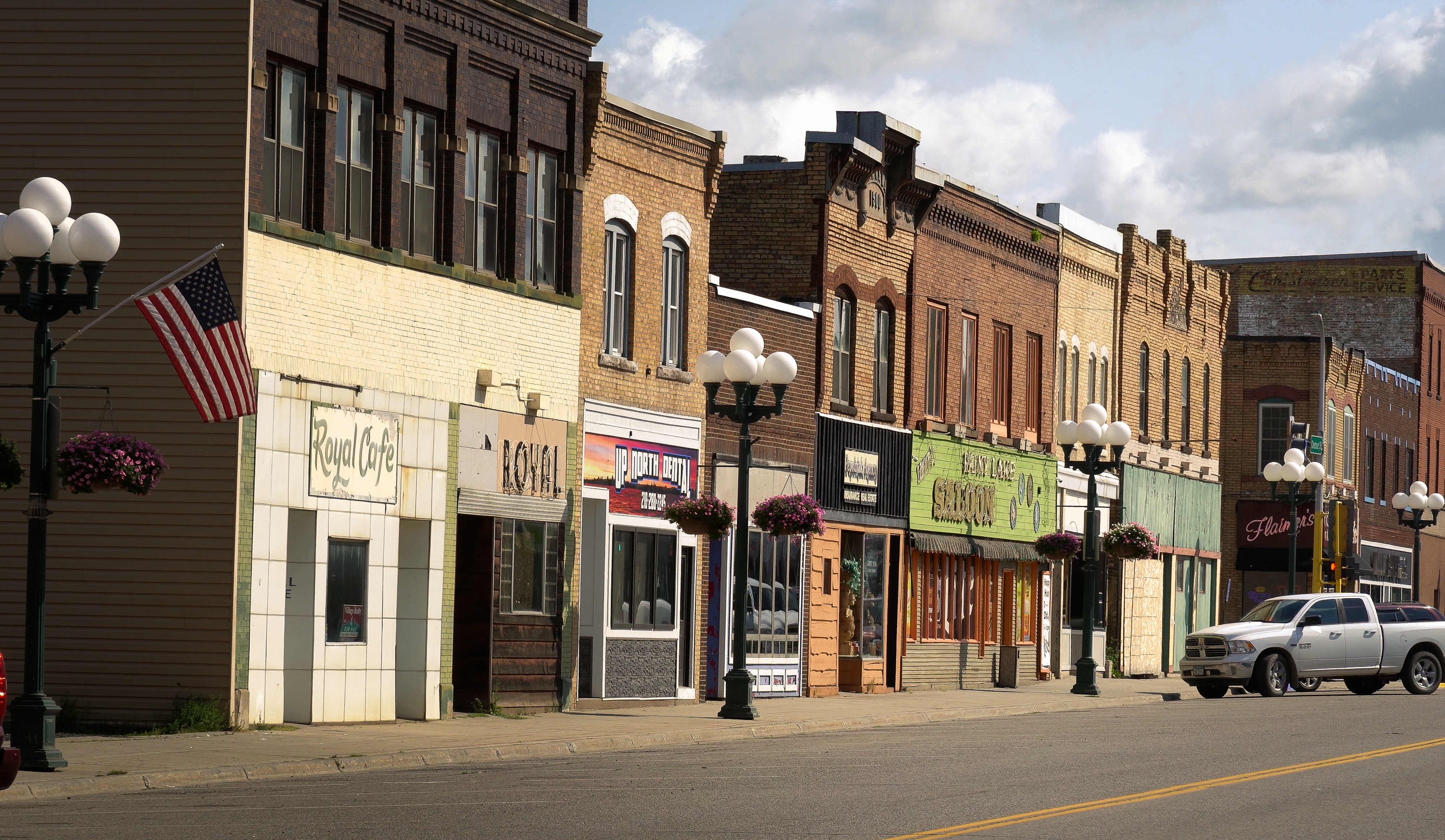
Contact
-
Jennifer Bergman, Director of Local Government Housing Programs
-
Annie Reierson, Manager of Local Program Grants
-
Dani Salus, Manager of Rental Assistance Grants
Local Government Housing Programs
The Local Government Housing Programs team administers funding to support local and Tribal governments as they finance the development of affordable and workforce rental and single-family housing, provide rental assistance and advance other initiatives to meet local housing needs in their communities.
Four new programs launched in 2025: The Local Housing Trust Fund Grants Program, Greater Minnesota Small Cities (Tier II Cities) Housing Aid Grant Program, Bring It Home Rental Assistance and the Greater Minnesota Housing Infrastructure Grant Program.
The Local Government Housing Programs team is also responsible for collecting annual reports from recipients of Local and Statewide Affordable Housing Aid.
Look for further updates and information, including about new funding, to be added to this page as it becomes available.